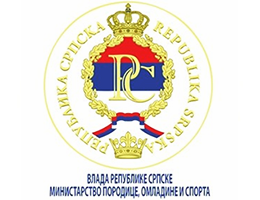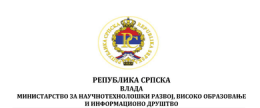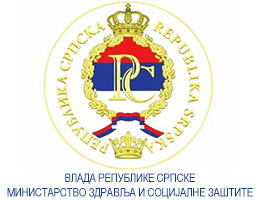Konstrukcija i Validacija Ručnog Wingate Testa za Procjenu Anaerobnih Sposobnosti Vaterpolo Juniora
Volume 12, Issue 1 (2022)
Volume 12, Issue 1 (2022)
Konstrukcija i Validacija Ručnog Wingate Testa za Procjenu Anaerobnih Sposobnosti Vaterpolo Juniora
Apstrakt:
Wingate test je široko rasprostranjeni test anaerobne izdržljivosti i snage u većini sportova. Međutim, standardni oblik testa se zasniva na bicikl ergometru za procjenu donjih ekstremiteta te je slabo primjenjiv u sportovima koji zahtijevaju visoku razinu snage gornjeg dijela tijela. Cilj rada je utvrditi metrijske karakteristike novo konstruiranog ručnog Wingate testa. Uzorak ispitanika predstavljaju juniorski vaterpolisti VK Mornar Brodospasa iz Splita, kronološke dobi 17-19 godina te su svi sudionici pristupili testiranju dobrovoljno. Rezultati prikazuju zadovoljavajuću razinu pouzdanosti, homogenosti i osjetljivosti mjernog instrumenta te dobru primjenu u sportovima kao što je vaterpolo. Daljnja istraživanja trebala bi uključivati veći broj sudionika te sportaša iz drugih sportova.
Ključne riječi:
Metrijske karakteristike, Wingate test, ručni ergometar.
Puni tekst:
DOI:
Reference:
Al-Hazzaa HM, Almuzini KS, Al-Refaee SA, Sulaiman MA, Dafterdar MY, Al-Ghamedi A, Al-Khuraiji KN. (2001). Aerobic and anaerobic power characteristics of Saudi elite soccer players. Journal of Sports Medicine and Physical Fitness, 41:54-61.
Bampouras, T. M., & Marrin, K. (2009). Comparison of two anaerobic water polo-specific tests with the Wingate test. The Journal of Strength & Conditioning Research, 23(1), 336-340.
Beneke, R., Pollmann, C. H., Bleif, I., Leithäuser, R., & Hütler, M. (2002). How anaerobic is the Wingate Anaerobic Test for humans?. European journal of applied physiology, 87(4), 388-392.
Forbes, S. C., Kennedy, M. D., Boule, N. B., & Bell, G. (2014). Determination of the optimal load setting for arm crank anaerobic testing in men and women. International journal of sports medicine, 35(10), 835-839.
Guglielmo, L. G. A., & Denadai, B. S. (2000). Assessment of anaerobic power of swimmers: the correlation of laboratory tests on an arm ergometer with field tests in a swimming pool. Journal of Strength and Conditioning Research, 14(4), 395-398.
Hoffman JR, Maresh CM. (2000). Physiology of basketball. In: Garrett Jr. WE, Kirkendall DT, editors. Exercise and sports science. Philadelphia: Lippincott Williams & Wilkins. p. 733-44.
Kalinski, M., Norkowski, H., Kerner, M., & Tkaczuk, W. (2002). Anaerobic power characteristics of elite athletes in national level team-sport games. European Journal of Sport Science, 2(3), 1-21.
Kumar, A., Singh, R. K., Apte, V. V., & Kolekar, A. (2021). Comparison between seated medicine ball throw test and Wingate test for assessing upper body peak power in elite power sports players. Indian Journal of Physiology and Pharmacology, 64(4), 286-291.
Lee, K. L., Oh, T. W., Gil, Y. C., & Kim, H. J. (2021). Correlation between muscle architecture and anaerobic power in athletes involved in different sports. Scientific Reports, 11(1), 1-8.
Lozovina, V., & Pavicic, L. (2004). Anthropometric changes in elite male water polo players: survey in 1980 and 1995. Croatian medical journal, 45(2), 202-205.
Perez-Gomez, J., Rodriguez, G. V., Ara, I., Olmedillas, H., Chavarren, J., González-Henriquez, J. J., ... & Calbet, J. A. (2008). Role of muscle mass on sprint performance: gender differences?. European journal of applied physiology, 102(6), 685-694.
Uljevic, O., Esco, M. R., & Sekulic, D. (2014). Reliability, validity, and applicability of isolated and combined sport-specific tests of conditioning capacities in top-level junior water polo athletes. The Journal of Strength & Conditioning Research, 28(6), 1595-1605.
Wilson, R. W., Snyder, A. C., & Dorman, J. C. (2009). Analysis of seated and standing triple Wingate tests. The Journal of Strength & Conditioning Research, 23(3), 868-873.






